Birdwatching in Iceland: the Westfjords and Hornstrandir nature reserveIceland is famous for its volcanoes, glaciers, breathtaking scenery and sights such as geysers and basalt columns. Many tourists also come to Iceland for the Northern Lights. But did you know that birdwatching in Iceland is a unique experience, as the island is such a birdwatcher’s paradise?
Iceland, a bird’s paradise
Iceland’s landscapes are made up of cliffs, black or yellow sandy beaches, rivers and waterfalls, endless tundra and mountains. These environments, and the low population density, make the island the ideal place for northern breeding birds. Every year, tens of millions of them return from their wintering grounds to breed in Iceland. Indeed, the abundance of fish and shellfish makes Iceland’s coasts a prime feeding ground, especially for seabirds.
Iceland is also a refuge for sensitive species that need Arctic regions to survive, such as the rock ptarmigan and the snow bunting. These species are more threatened than ever by global warming.
Birdwatching in Iceland: Westfjords and Hornstrandir
Between 300 and 350 species of birds live or nest in Iceland. And the Westfjords, this Peninsula in the northwest of the island, just a few kilometers from the Arctic Circle and 300 km from Greenland, is certainly the richest in fauna.
Birdwatching in the Westfjords is a privilege, and anyone visiting the region will quickly realize this, given the wild nature and low human presence. We’re not going to list all the birds of the Westfjords and Hornstrandir nature reserve here, but we will tell you about the most important ones, and those we regularly observe during our photo workshops.
The Common Eider, Iceland’s emblematic bird
The Eider is one of Iceland’s most common birds, found all along the Icelandic coast. The species is a permanent resident in Iceland, but some individuals come and go from Greenland and Spitsbergen.
Eiderdown is highly sought-after and used as insulation in technical clothing. Some farms have specialized in this activity, offering protection to eiders in exchange for harvesting part of the nest. During the harvest, the incubating females do not move from the nest. But this doesn’t mean that this activity doesn’t stress them, as there are no real studies on the subject.
As you can see, eider ducks are very easy to observe and photograph in Iceland. An interesting colony is also present in Hornstrandir nature reserve.
Arctic terns in the Westfjords
Although the Arctic tern is a common bird in the Westfjords of Iceland, where it nests every year even in towns and villages, it is no less tricky to observe and photograph. Indeed, as soon as a photographer approaches their nesting area, the terns don’t hesitate to attack and release all sorts of unpleasant substances! And if a baby is nearby, terns are even more aggressive. In fact, never photograph Arctic terns without a good raincoat!
Arctic terns are migration champions. Moving from the Arctic to the Antarctic, they cover some 70,000 km on each migration! This distance is a record in the animal kingdom.
Cliff birds
Cliff birds are numerous! We’re talking about millions of nesting birds. We’re lucky enough to observe them every year on the cliffs of Hornstrandir nature reserve, especially in Hornvik and Hornbjarg.
The easiest cliff birds to spot are the northern fulmar and the common guillemot. Both species offer excellent photographic opportunities. Iceland’s black basalt rock and beautiful light are the perfect environment, and photographers creativity will do the rest.
A common event on the hornstrandir cliffs is the polar fox hunt. Indeed, it’s incredible to witness such a feat of nature. Adaptive foxes have learned to descend the steepest cliffs. Here, they hunt birds and their eggs. We regularly see these scenes on our photo workshops.
The golden plover, the soul of the tundra
Any wildlife photographer lucky enough to hear the song of the golden plover echoing across the tundra will treasure the memory. Its gentle whistle is easily recognizable in Hornstrandir nature reserve. We’re used to following and photographing it in the mountains, where its golden plumage echoes the colors of the vegetation. It’s not the most common of birds in Iceland, however, and spotting it sometimes requires walking over difficult terrain.
The common raven
While in southern Europe the common raven was hated and hunted by humans, it is an important animal in Germanic cultures. In Viking mythology, the god of gods, Odin, has two ravens, Huginn and Muninn, who travel the world reporting to him what they have seen and heard. The common raven has retained its status as a majestic animal in Iceland. It therefore has a special place in Icelandic folklore.
What’s more, the historical figure who gave Iceland its name was called Raven-Flóki. He sailed thanks to these birds, which helped him find Iceland.
There are several popular songs in Iceland that sing the praises of the great raven. One of them is called Krummavísa, and here are the lyrics:
The raven slept in the crack of a cliff,
on a cold winter’s night,
many harmful things abound,
before the fine day dawns,
he pulls his frozen beak
under a large rock.
All the carrion is frozen,
nothing to be found on the shore,
I could satisfy my hunger,
if I went to the house,
but the tenants forbid me
from picking my food out of the rubbish.
The whole ground is covered in ice,
I can’t see the edge of the hills,
even the birds that fly
search through the peat,
unoccupied meadows are nowhere to be found,
What is a crow supposed to eat?
The raven ruffles its tail,
and sharpens his beak,
flies out of the crevice of the mountain,
looks out over the village,
looks at the farms before the servants get up,
flaps its wings rapidly.
Dead on its side, a fat sheep,
a fat sheep in its pasture,
once fit and well,
Caw, caw! namesakes, come here!
Caw, caw! because for us has been prepared
a feast on the cold, icy ground!
Coming back to birdwatching in Iceland and the Westfjords, the common raven can be found wherever there are cliffs. Although it prefers isolated regions, it does not hesitate to make incursions into towns, as in the village of Ísafjörður, where it is very easy to observe.
On several occasions we were lucky enough to discover carcasses washed up on the shore, and dozens of ravens competing with Arctic Foxes for the spoils. In fact, the birds usually have the upper hand and the foxes wait their turn.
Oystercatchers, summer and winter
The oystercatcher is a migratory bird. However, part of the Icelandic population winters on the island. The rest fly to Ireland at the end of the summer. This large wader with a bright orange-red bill is fairly easy to observe and photograph in Iceland.
At Ísafjörður, our base camp for Hornstrandir, there are many oystercatchers. They nest on the ground all around the town. They can be very aggressive towards anyone who approaches their nest. It is not uncommon to see an oystercatcher kill another bird.
The oystercatcher is also the symbol of the Faroe Islands. Its arrival is synonymous with spring for the Faroese. It is also a symbol of independence and solidarity. When an oystercatcher spots a predator, its cry alerts the other birds to the danger.
The snow bunting
The snow bunting is a small passerine bird with variable plumage. It can be found in Iceland in both summer and winter. It even winters at latitudes where only the common raven is found. In other words, it is perfectly adapted to extreme cold conditions.
In Iceland, snow buntings occupy the villages during the winter. The abundance of accessible vegetation allows them to feed on seeds, in the same way as rock ptarmigan.
In summer, they occupy the whole of Iceland, where they have a varied diet. They are omnivorous opportunists, adapting their diet to the region and the season.
Finally, snow buntings are not shy. They are very easy to approach and photograph. However, we keep a certain distance from them so as not to disturb their feeding.
Arctic Fox, falcons and other predators
Iceland may be a paradise for birds, but it is also a paradise for a number of predators that have the privilege of living on this isolated island in the North Atlantic, where there is no shortage of prey. This is especially true of the Icelandic Arctic Fox, which is the only land mammal endemic to the island, and therefore the only predatory mammal.
It arrived in Iceland during the last ice age via the pack ice, and has since settled here, occupying both the Icelandic coast and the interior. But it is mainly on the cliffs, particularly in the Westfjords and Hornstrandir nature reserve, that it finds the best territories for breeding and raising its young.
Iceland’s other predators are birds of prey. The white-tailed eagle, which almost disappeared from the island, has benefited from protection measures over the last few decades. Today, around twenty pairs nest in Iceland, mainly in the Westfjords region.
The gyrfalcon is Iceland’s emblem. The Icelandic state’s highest honour is named after this Arctic falcon. Some individuals are permanent residents, while others occasionally come from Greenland.
Finally, we were lucky enough to observe merlins hunting purple sandpipers, one of their favourite prey, on several occasions.
Birdwatching in Iceland during our photo workshops
Our Arctic Fox photo tour takes place in Hornstrandir nature reserve, in Westfjords of Iceland. While the aim of the workshop is to observe and photograph the Arctic Fox, we also devote time, depending on the objectives of our participants and working groups, to birdwatching and photographing birds at Hornstrandir.
It goes without saying that many species of birds are present on the same sites as the Arctic Fox. So we regularly walk along the cliffs to photograph fulmars, guillemots and other nesting birds.
Down below, in the bays and fjords, we spend time with ducks and shorebirds.
Finally, we always keep an eye out for the white-tailed eagle which, given its imposing size, can be seen from afar.
Birdwatching in Iceland during Polar Day
One of the advantages of the polar day is that the sun hardly ever sets. During the few hours when the sun is very low, then passes behind the horizon before emerging a few minutes later, the light is magnificent! What photographer hasn’t dreamt of light that stays low for hours on end?
On the cliffs, the golden lights give way to blues and twilight atmospheres before the sun comes out again to bathe the rock faces and the seabirds. We recommend this experience to all wildlife photographers who like a calm, minimalist atmosphere.
Finally, as you will have realised, during this period of polar daylight, photography is possible at any time of the day or night. It’s the best time of year for birdwatching in Iceland.
The equipment you need for birdwatching in Iceland
The equipment needed for birdwatching in Iceland is similar to that in other regions, with a few exceptions.
As far as observation is concerned, a simple pair of binoculars will do. In most situations, we will be close enough to the birds to be able to observe them in good conditions. We use Nikon PROSTAFF 7S 10×42 and we’re happy with them.
For photography, a focal length of 400mm to 600mm will be required. When you have a choice, you need to favour mobility, so a light lens, as the terrain is not the most practicable. A tripod is also useful, especially for night photography when the lights dim a little.
Given the remoteness of the area, we recommend using more batteries and memory cards. For example, in Hornstrandir nature reserve where our photo tour take place, there is no electricity. So we use solar panels to recharge smartphones and powerbanks, but it’s not easy to recharge several camera batteries. So it’s best to be self-sufficient for the duration of your stay.
For birdwatching in Iceland, clothing is everything!
When it comes to equipment, the most important thing you need for birdwatching in Iceland is suitable clothing. Even in summer, the wind can be powerful.
From June to September, temperatures range from 2° to 15°. If it’s also wet, the temperature you feel will be much lower.
The equipment needed to protect against these conditions is a combination of thin, warm clothing. Firstly, thermal underpants and leggings and other merino or fleece underlays. Then a slightly thicker layer of fleece. And finally a final waterproof layer (waterproof jacket and rain trousers).
So, depending on the weather, you can remove or stack layers.
One last important detail: the footwear must be category B or BC. The terrain is difficult, so trainers and other thin shoes are out of the question.
So, with this equipment, you’re ready to observe and photograph birds in Iceland. If you are taking part in our photo workshop in Hornstrandir, then our teams will be there beforehand to advise you and make sure you arrive in Iceland with the right equipment.
Iceland is famous for its volcanoes, glaciers, breathtaking scenery and sights such as geysers and basalt columns. Many tourists also come to Iceland for the Northern Lights. But did you know that birdwatching in Iceland is a unique experience, as the island is such a birdwatcher’s paradise?
Iceland, a bird’s paradise
Iceland’s landscapes are made up of cliffs, black or yellow sandy beaches, rivers and waterfalls, endless tundra and mountains. These environments, and the low population density, make the island the ideal place for northern breeding birds. Every year, tens of millions of them return from their wintering grounds to breed in Iceland. Indeed, the abundance of fish and shellfish makes Iceland’s coasts a prime feeding ground, especially for seabirds.
Iceland is also a refuge for sensitive species that need Arctic regions to survive, such as the rock ptarmigan and the snow bunting. These species are more threatened than ever by global warming.
Birdwatching in Iceland: Westfjords and Hornstrandir
Between 300 and 350 species of birds live or nest in Iceland. And the Westfjords, this Peninsula in the northwest of the island, just a few kilometers from the Arctic Circle and 300 km from Greenland, is certainly the richest in fauna.
Birdwatching in the Westfjords is a privilege, and anyone visiting the region will quickly realize this, given the wild nature and low human presence. We’re not going to list all the birds of the Westfjords and Hornstrandir nature reserve here, but we will tell you about the most important ones, and those we regularly observe during our photo workshops.
The Common Eider, Iceland’s emblematic bird
The Eider is one of Iceland’s most common birds, found all along the Icelandic coast. The species is a permanent resident in Iceland, but some individuals come and go from Greenland and Spitsbergen.
Eiderdown is highly sought-after and used as insulation in technical clothing. Some farms have specialized in this activity, offering protection to eiders in exchange for harvesting part of the nest. During the harvest, the incubating females do not move from the nest. But this doesn’t mean that this activity doesn’t stress them, as there are no real studies on the subject.
As you can see, eider ducks are very easy to observe and photograph in Iceland. An interesting colony is also present in Hornstrandir nature reserve.
Arctic terns in the Westfjords
Although the Arctic tern is a common bird in the Westfjords of Iceland, where it nests every year even in towns and villages, it is no less tricky to observe and photograph. Indeed, as soon as a photographer approaches their nesting area, the terns don’t hesitate to attack and release all sorts of unpleasant substances! And if a baby is nearby, terns are even more aggressive. In fact, never photograph Arctic terns without a good raincoat!
Arctic terns are migration champions. Moving from the Arctic to the Antarctic, they cover some 70,000 km on each migration! This distance is a record in the animal kingdom.
Cliff birds
Cliff birds are numerous! We’re talking about millions of nesting birds. We’re lucky enough to observe them every year on the cliffs of Hornstrandir nature reserve, especially in Hornvik and Hornbjarg.
The easiest cliff birds to spot are the northern fulmar and the common guillemot. Both species offer excellent photographic opportunities. Iceland’s black basalt rock and beautiful light are the perfect environment, and photographers creativity will do the rest.
A common event on the hornstrandir cliffs is the polar fox hunt. Indeed, it’s incredible to witness such a feat of nature. Adaptive foxes have learned to descend the steepest cliffs. Here, they hunt birds and their eggs. We regularly see these scenes on our photo workshops.
The golden plover, the soul of the tundra
Any wildlife photographer lucky enough to hear the song of the golden plover echoing across the tundra will treasure the memory. Its gentle whistle is easily recognizable in Hornstrandir nature reserve. We’re used to following and photographing it in the mountains, where its golden plumage echoes the colors of the vegetation. It’s not the most common of birds in Iceland, however, and spotting it sometimes requires walking over difficult terrain.
The common raven
While in southern Europe the common raven was hated and hunted by humans, it is an important animal in Germanic cultures. In Viking mythology, the god of gods, Odin, has two ravens, Huginn and Muninn, who travel the world reporting to him what they have seen and heard. The common raven has retained its status as a majestic animal in Iceland. It therefore has a special place in Icelandic folklore.
What’s more, the historical figure who gave Iceland its name was called Raven-Flóki. He sailed thanks to these birds, which helped him find Iceland.
There are several popular songs in Iceland that sing the praises of the great raven. One of them is called Krummavísa, and here are the lyrics:
The raven slept in the crack of a cliff,
on a cold winter’s night,
many harmful things abound,
before the fine day dawns,
he pulls his frozen beak
under a large rock.
All the carrion is frozen,
nothing to be found on the shore,
I could satisfy my hunger,
if I went to the house,
but the tenants forbid me
from picking my food out of the rubbish.
The whole ground is covered in ice,
I can’t see the edge of the hills,
even the birds that fly
search through the peat,
unoccupied meadows are nowhere to be found,
What is a crow supposed to eat?
The raven ruffles its tail,
and sharpens his beak,
flies out of the crevice of the mountain,
looks out over the village,
looks at the farms before the servants get up,
flaps its wings rapidly.
Dead on its side, a fat sheep,
a fat sheep in its pasture,
once fit and well,
Caw, caw! namesakes, come here!
Caw, caw! because for us has been prepared
a feast on the cold, icy ground!
Coming back to birdwatching in Iceland and the Westfjords, the common raven can be found wherever there are cliffs. Although it prefers isolated regions, it does not hesitate to make incursions into towns, as in the village of Ísafjörður, where it is very easy to observe.
On several occasions we were lucky enough to discover carcasses washed up on the shore, and dozens of ravens competing with Arctic Foxes for the spoils. In fact, the birds usually have the upper hand and the foxes wait their turn.
Oystercatchers, summer and winter
The oystercatcher is a migratory bird. However, part of the Icelandic population winters on the island. The rest fly to Ireland at the end of the summer. This large wader with a bright orange-red bill is fairly easy to observe and photograph in Iceland.
At Ísafjörður, our base camp for Hornstrandir, there are many oystercatchers. They nest on the ground all around the town. They can be very aggressive towards anyone who approaches their nest. It is not uncommon to see an oystercatcher kill another bird.
The oystercatcher is also the symbol of the Faroe Islands. Its arrival is synonymous with spring for the Faroese. It is also a symbol of independence and solidarity. When an oystercatcher spots a predator, its cry alerts the other birds to the danger.
The snow bunting
The snow bunting is a small passerine bird with variable plumage. It can be found in Iceland in both summer and winter. It even winters at latitudes where only the common raven is found. In other words, it is perfectly adapted to extreme cold conditions.
In Iceland, snow buntings occupy the villages during the winter. The abundance of accessible vegetation allows them to feed on seeds, in the same way as rock ptarmigan.
In summer, they occupy the whole of Iceland, where they have a varied diet. They are omnivorous opportunists, adapting their diet to the region and the season.
Finally, snow buntings are not shy. They are very easy to approach and photograph. However, we keep a certain distance from them so as not to disturb their feeding.
Arctic Fox, falcons and other predators
Iceland may be a paradise for birds, but it is also a paradise for a number of predators that have the privilege of living on this isolated island in the North Atlantic, where there is no shortage of prey. This is especially true of the Icelandic Arctic Fox, which is the only land mammal endemic to the island, and therefore the only predatory mammal.
It arrived in Iceland during the last ice age via the pack ice, and has since settled here, occupying both the Icelandic coast and the interior. But it is mainly on the cliffs, particularly in the Westfjords and Hornstrandir nature reserve, that it finds the best territories for breeding and raising its young.
Iceland’s other predators are birds of prey. The white-tailed eagle, which almost disappeared from the island, has benefited from protection measures over the last few decades. Today, around twenty pairs nest in Iceland, mainly in the Westfjords region.
The gyrfalcon is Iceland’s emblem. The Icelandic state’s highest honour is named after this Arctic falcon. Some individuals are permanent residents, while others occasionally come from Greenland.
Finally, we were lucky enough to observe merlins hunting purple sandpipers, one of their favourite prey, on several occasions.
Birdwatching in Iceland during our photo workshops
Our Arctic Fox photo tour takes place in Hornstrandir nature reserve, in Westfjords of Iceland. While the aim of the workshop is to observe and photograph the Arctic Fox, we also devote time, depending on the objectives of our participants and working groups, to birdwatching and photographing birds at Hornstrandir.
It goes without saying that many species of birds are present on the same sites as the Arctic Fox. So we regularly walk along the cliffs to photograph fulmars, guillemots and other nesting birds.
Down below, in the bays and fjords, we spend time with ducks and shorebirds.
Finally, we always keep an eye out for the white-tailed eagle which, given its imposing size, can be seen from afar.
Birdwatching in Iceland during Polar Day
One of the advantages of the polar day is that the sun hardly ever sets. During the few hours when the sun is very low, then passes behind the horizon before emerging a few minutes later, the light is magnificent! What photographer hasn’t dreamt of light that stays low for hours on end?
On the cliffs, the golden lights give way to blues and twilight atmospheres before the sun comes out again to bathe the rock faces and the seabirds. We recommend this experience to all wildlife photographers who like a calm, minimalist atmosphere.
Finally, as you will have realised, during this period of polar daylight, photography is possible at any time of the day or night. It’s the best time of year for birdwatching in Iceland.
The equipment you need for birdwatching in Iceland
The equipment needed for birdwatching in Iceland is similar to that in other regions, with a few exceptions.
As far as observation is concerned, a simple pair of binoculars will do. In most situations, we will be close enough to the birds to be able to observe them in good conditions. We use Nikon PROSTAFF 7S 10×42 and we’re happy with them.
For photography, a focal length of 400mm to 600mm will be required. When you have a choice, you need to favour mobility, so a light lens, as the terrain is not the most practicable. A tripod is also useful, especially for night photography when the lights dim a little.
Given the remoteness of the area, we recommend using more batteries and memory cards. For example, in Hornstrandir nature reserve where our photo tour take place, there is no electricity. So we use solar panels to recharge smartphones and powerbanks, but it’s not easy to recharge several camera batteries. So it’s best to be self-sufficient for the duration of your stay.
For birdwatching in Iceland, clothing is everything!
When it comes to equipment, the most important thing you need for birdwatching in Iceland is suitable clothing. Even in summer, the wind can be powerful.
From June to September, temperatures range from 2° to 15°. If it’s also wet, the temperature you feel will be much lower.
The equipment needed to protect against these conditions is a combination of thin, warm clothing. Firstly, thermal underpants and leggings and other merino or fleece underlays. Then a slightly thicker layer of fleece. And finally a final waterproof layer (waterproof jacket and rain trousers).
So, depending on the weather, you can remove or stack layers.
One last important detail: the footwear must be category B or BC. The terrain is difficult, so trainers and other thin shoes are out of the question.
So, with this equipment, you’re ready to observe and photograph birds in Iceland. If you are taking part in our photo workshop in Hornstrandir, then our teams will be there beforehand to advise you and make sure you arrive in Iceland with the right equipment.

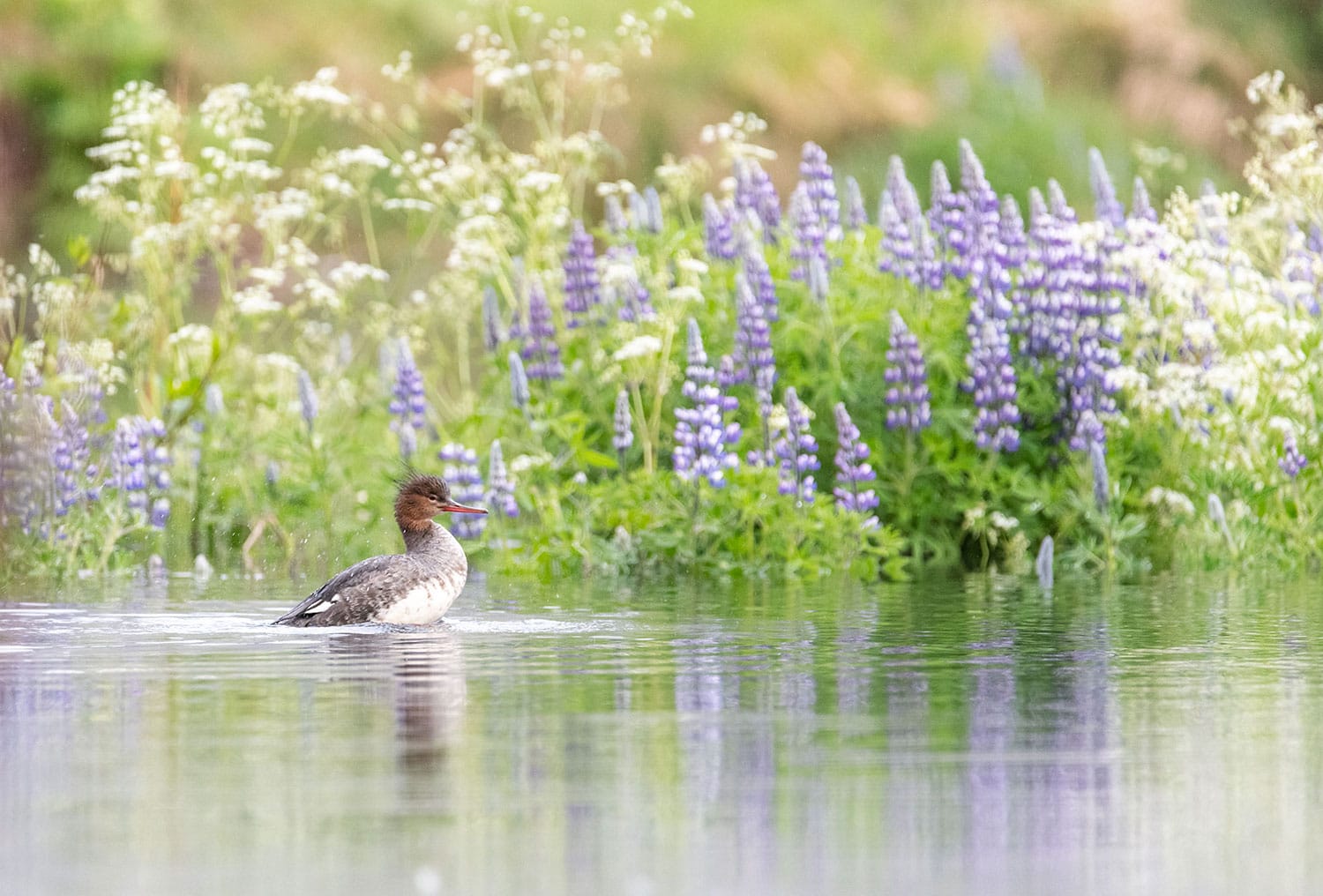
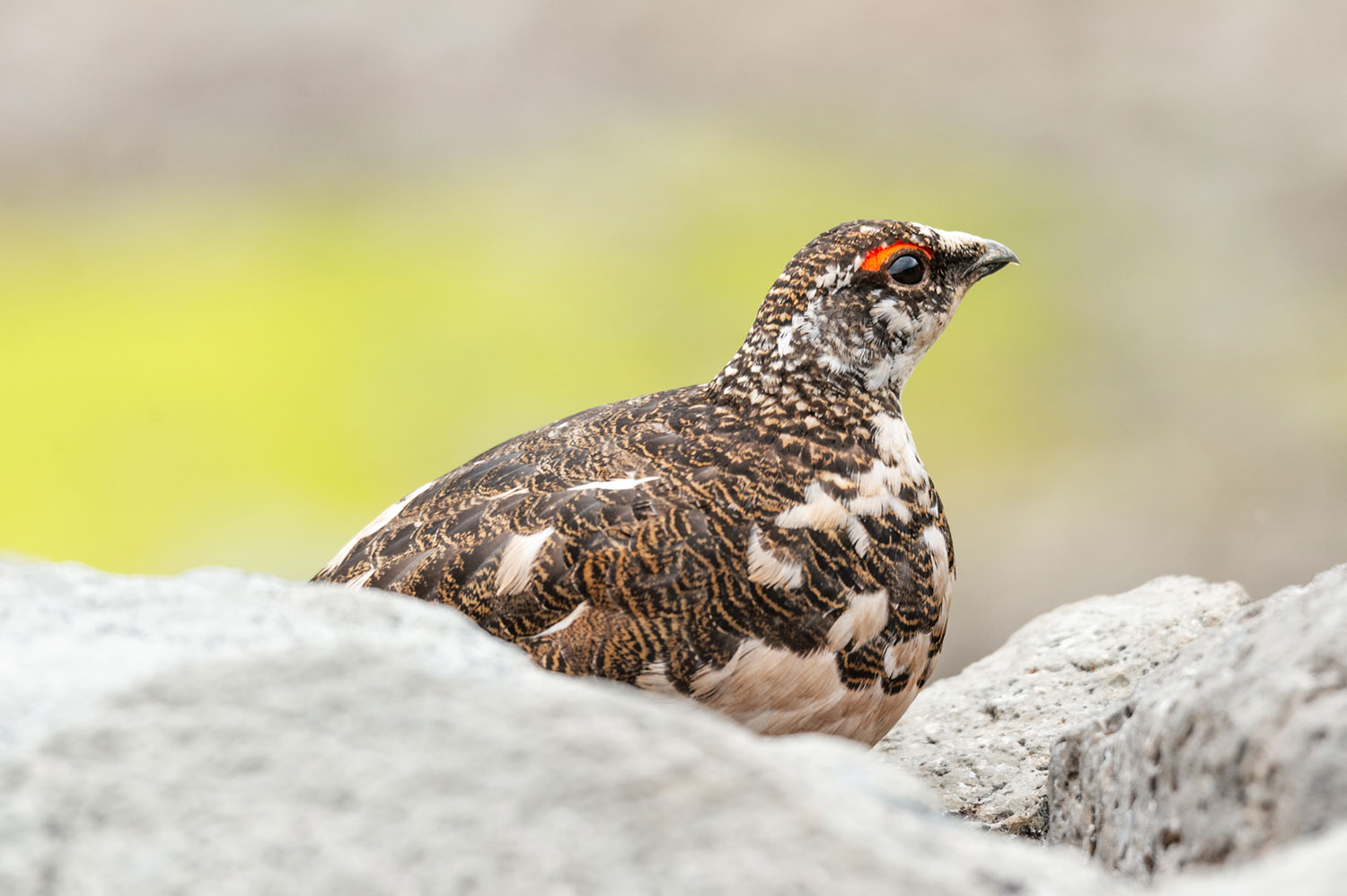
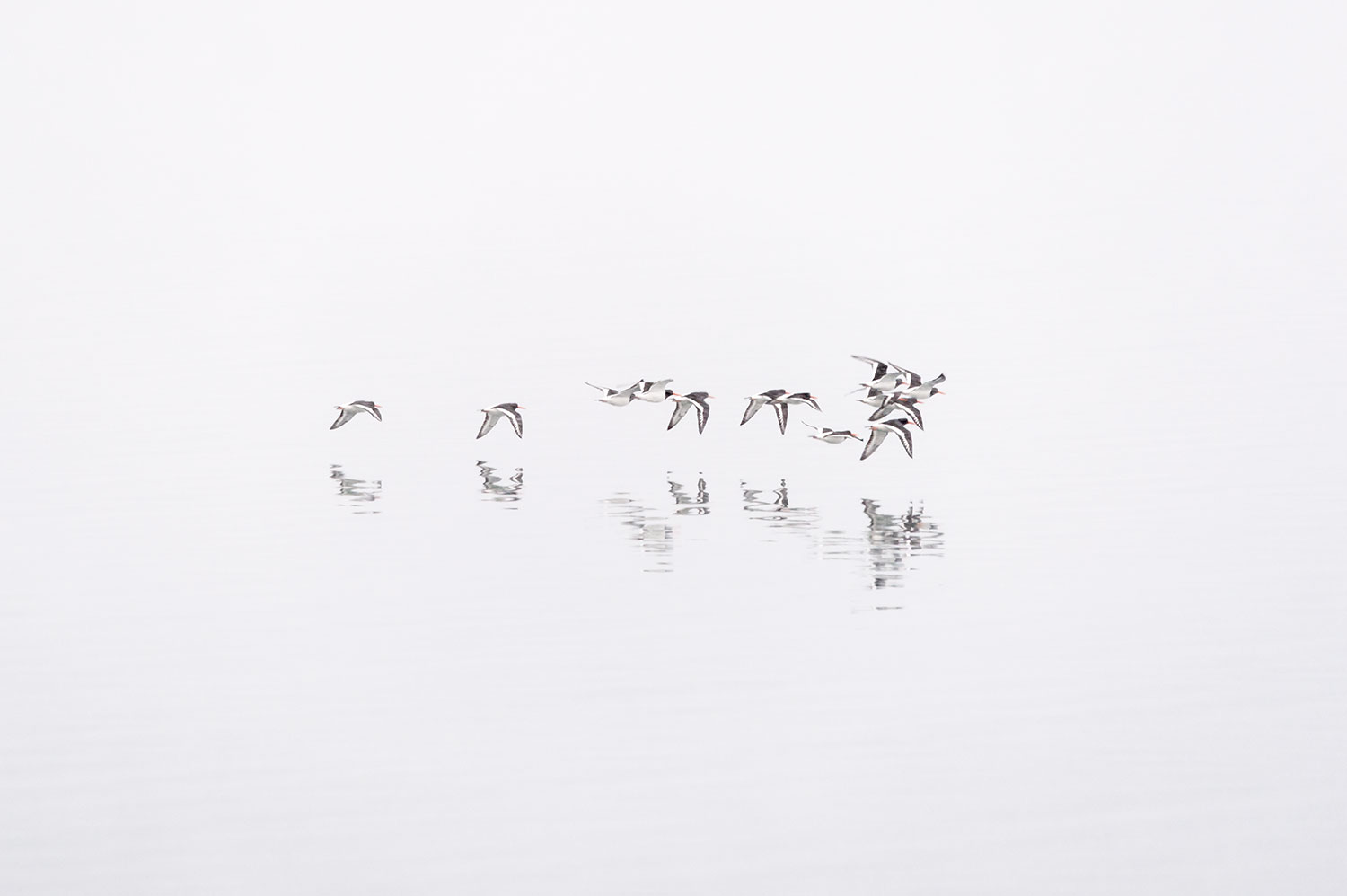
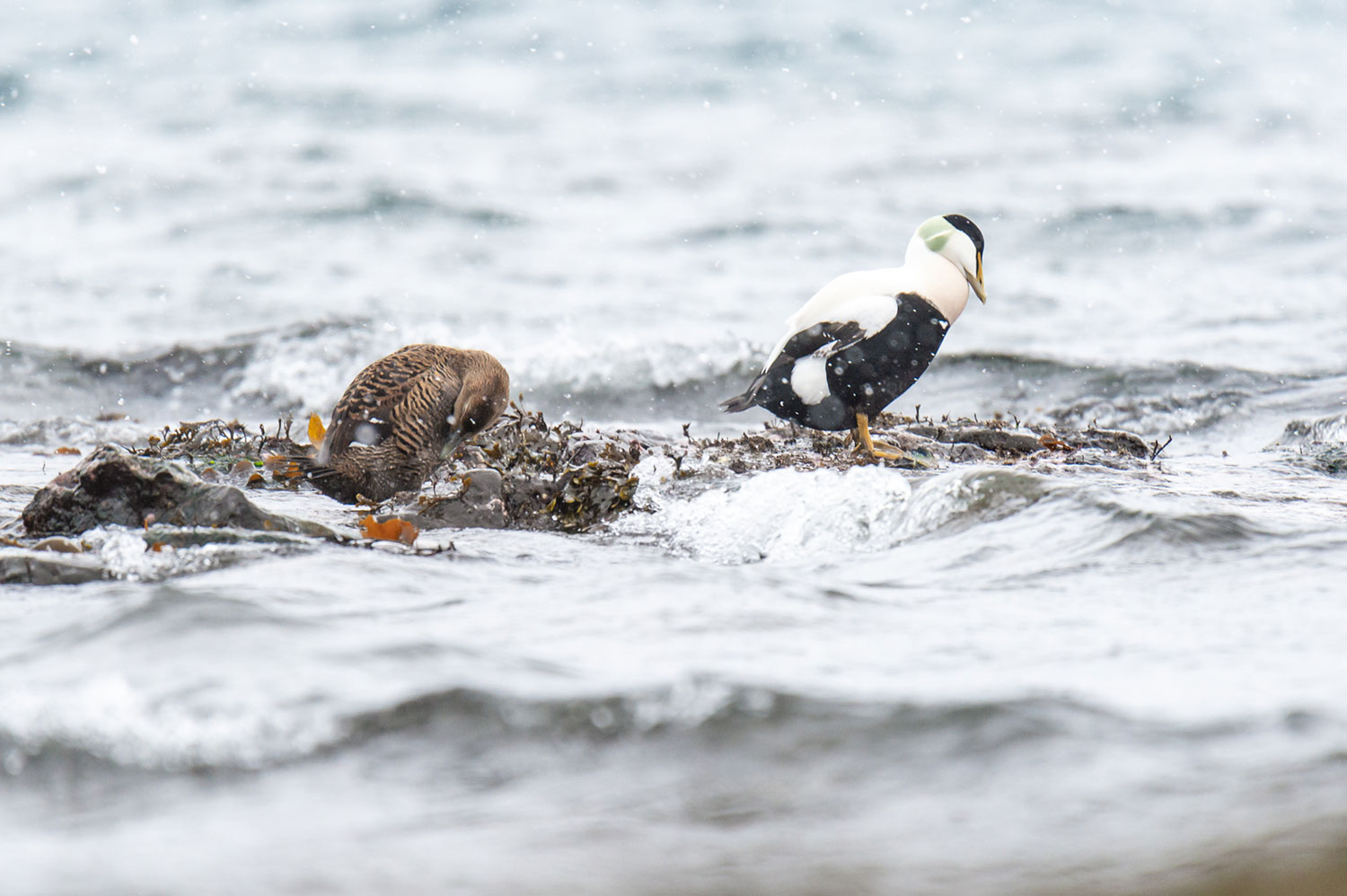
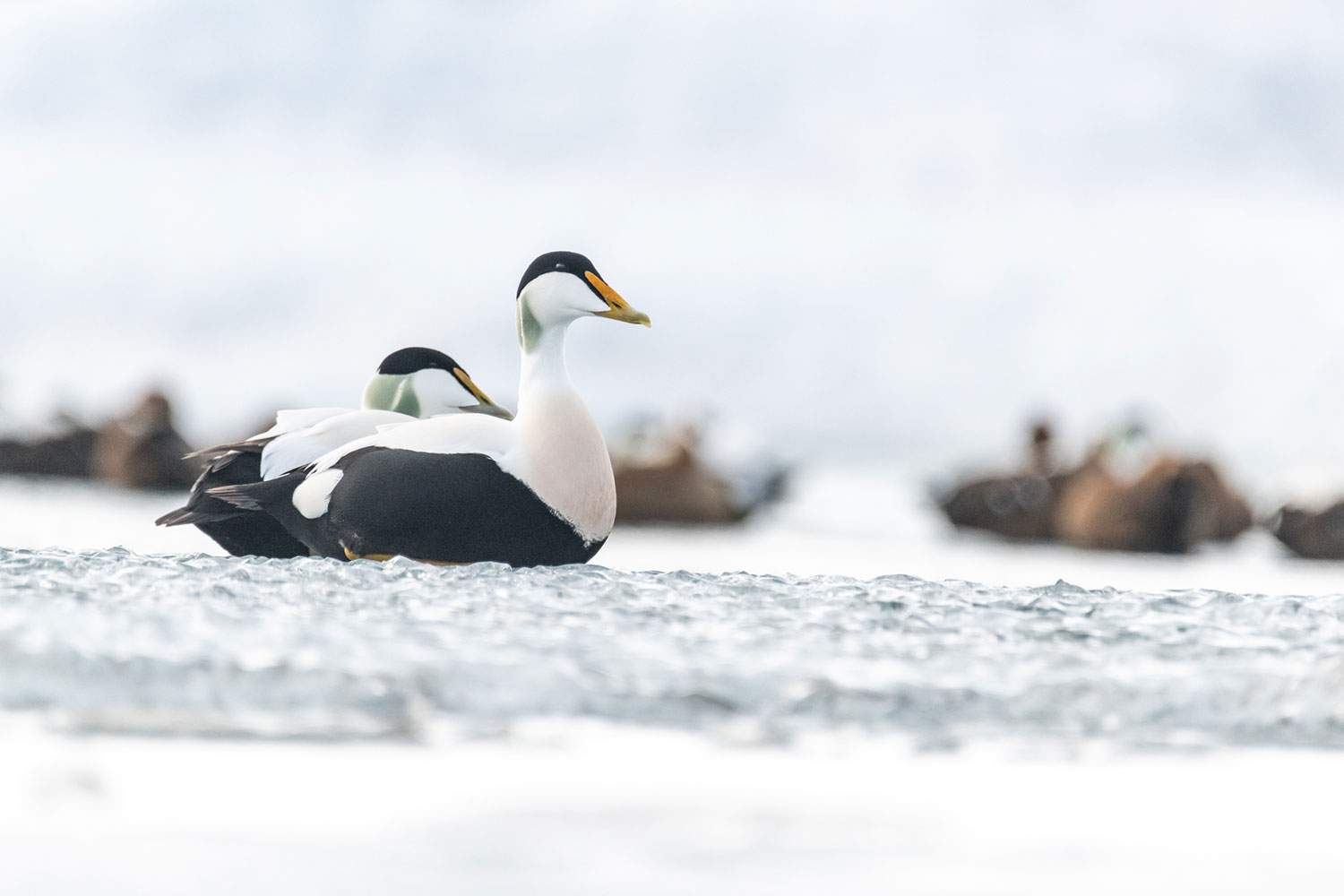
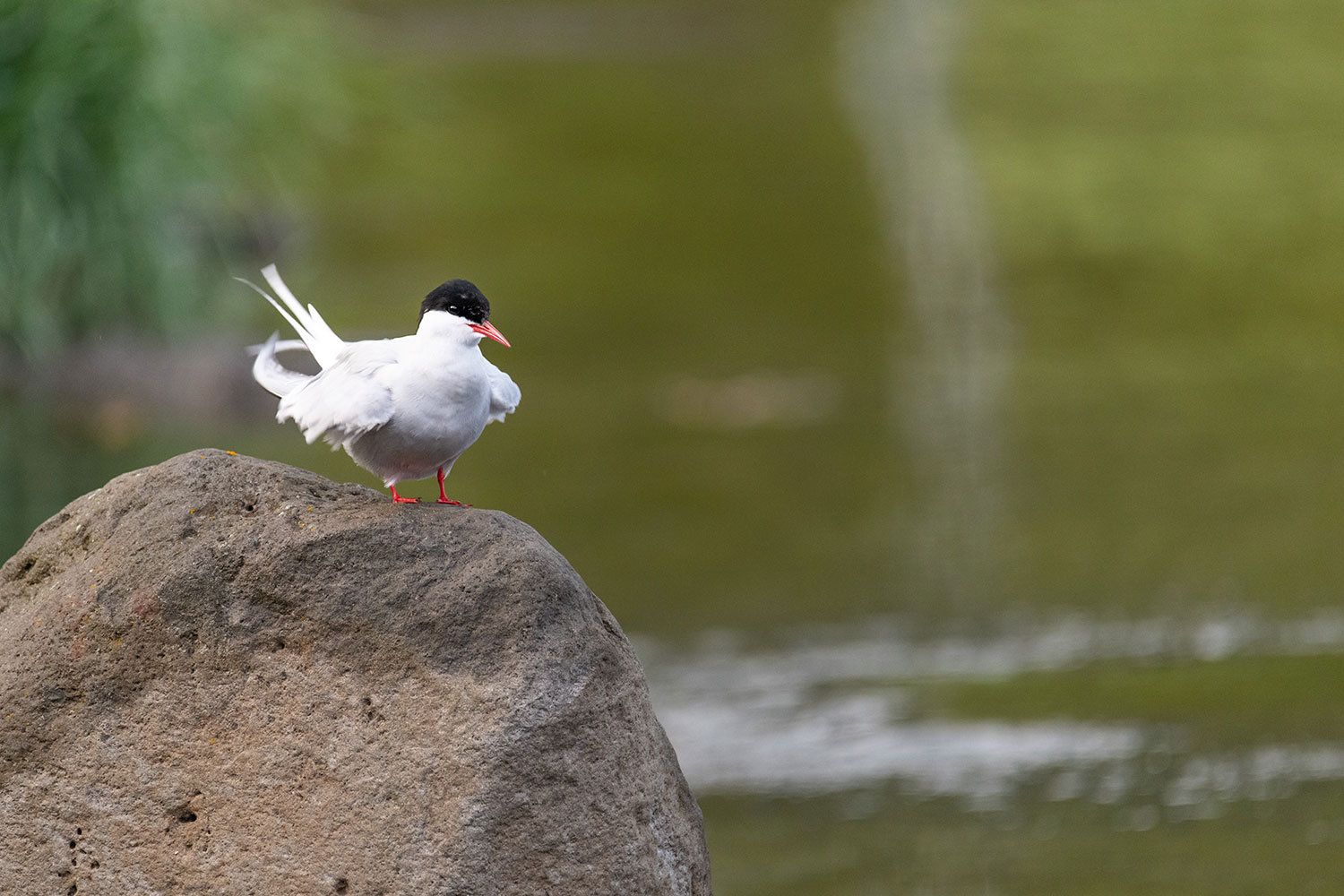
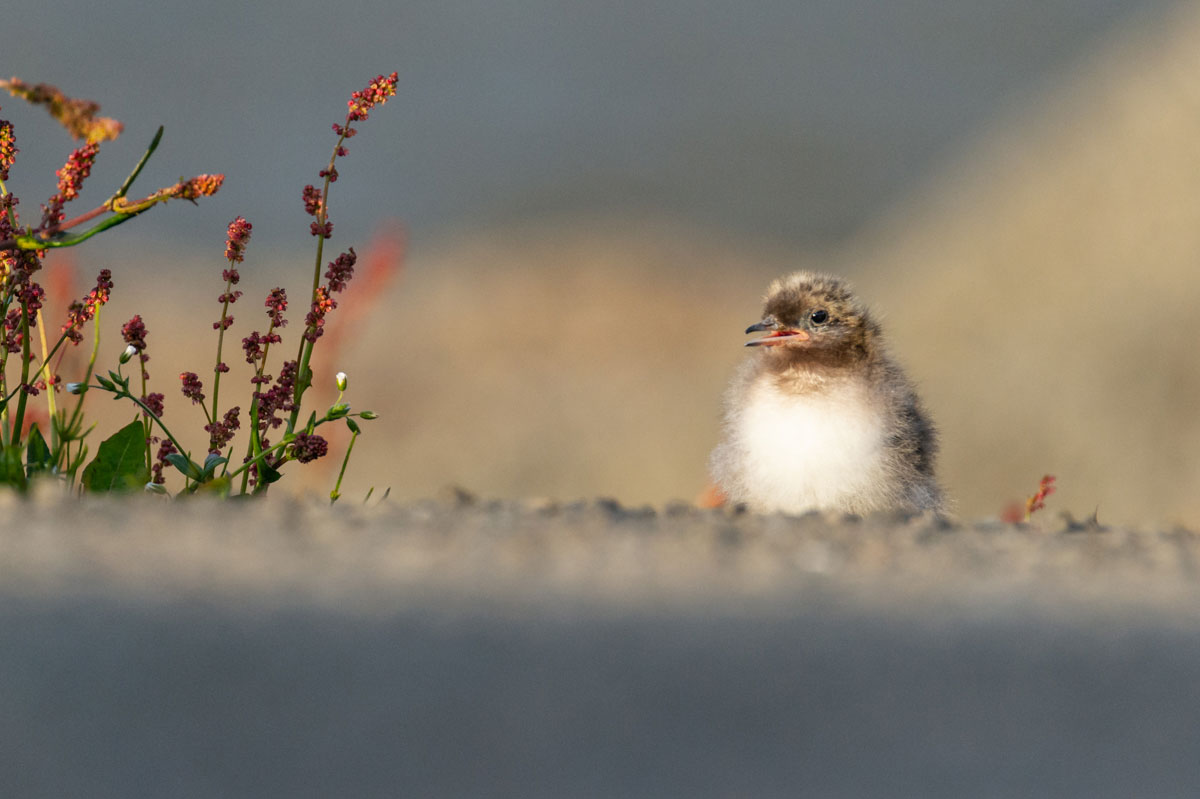
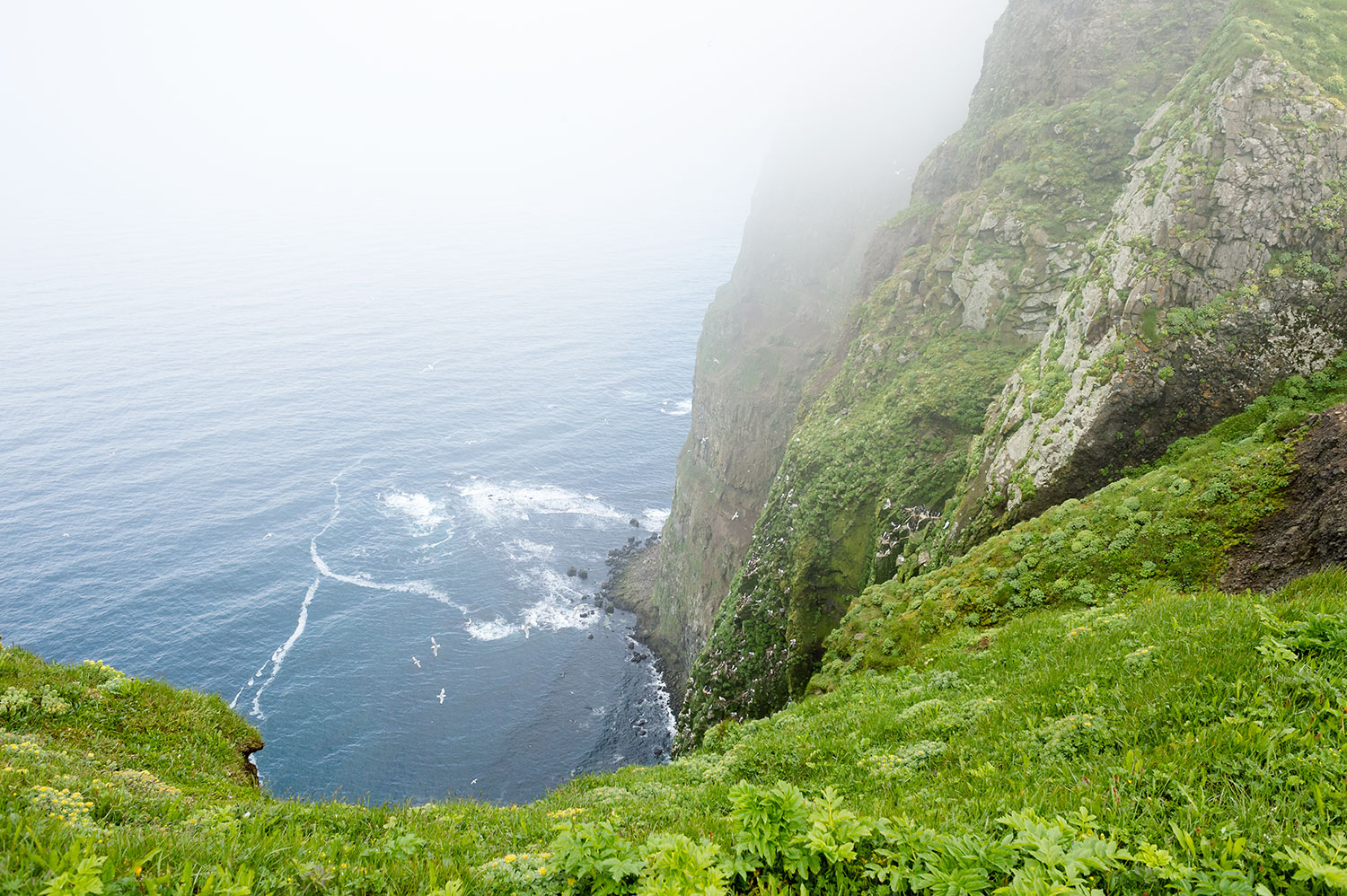
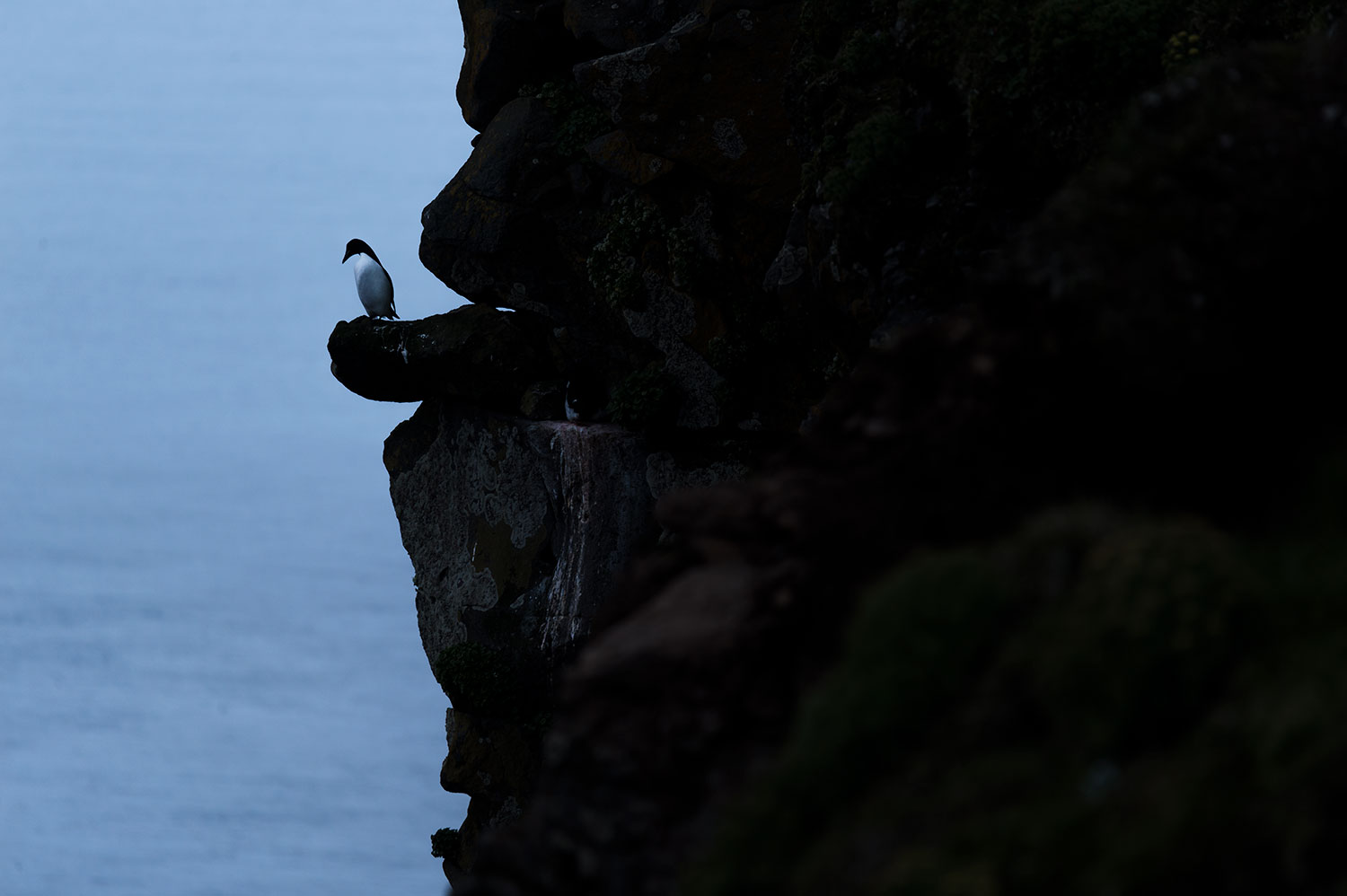
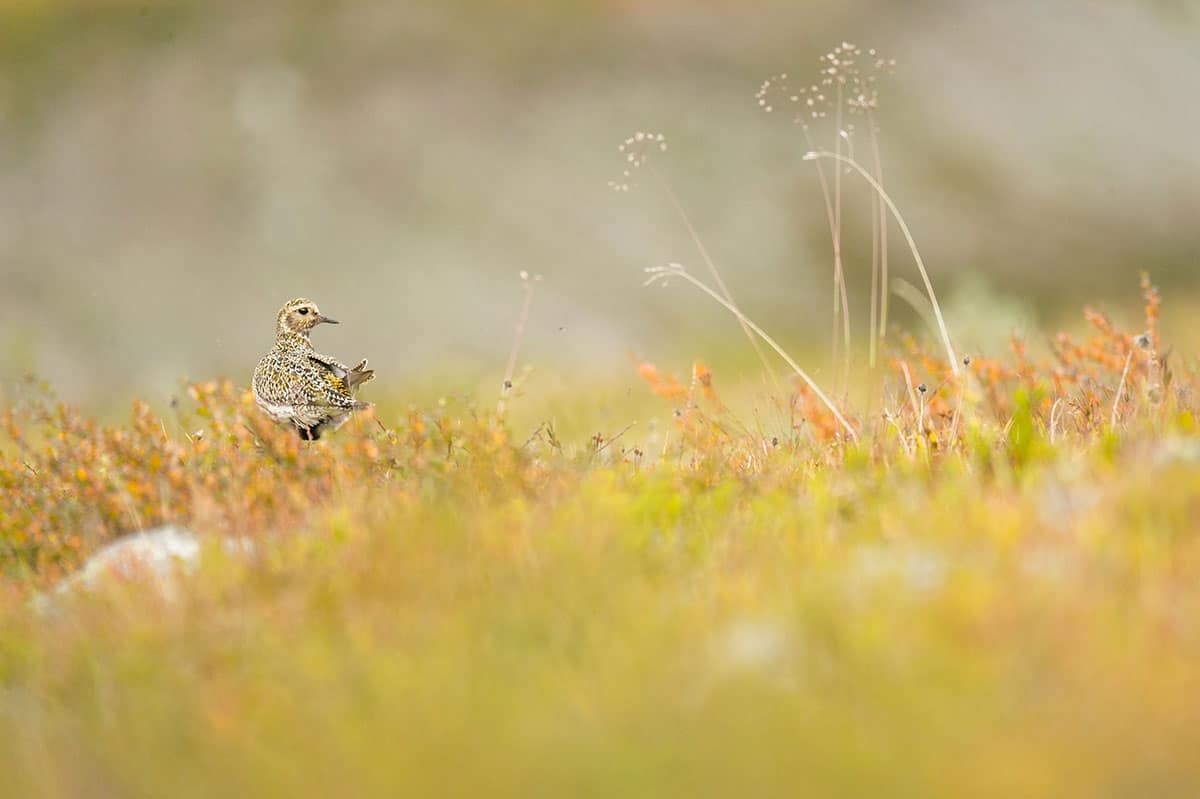
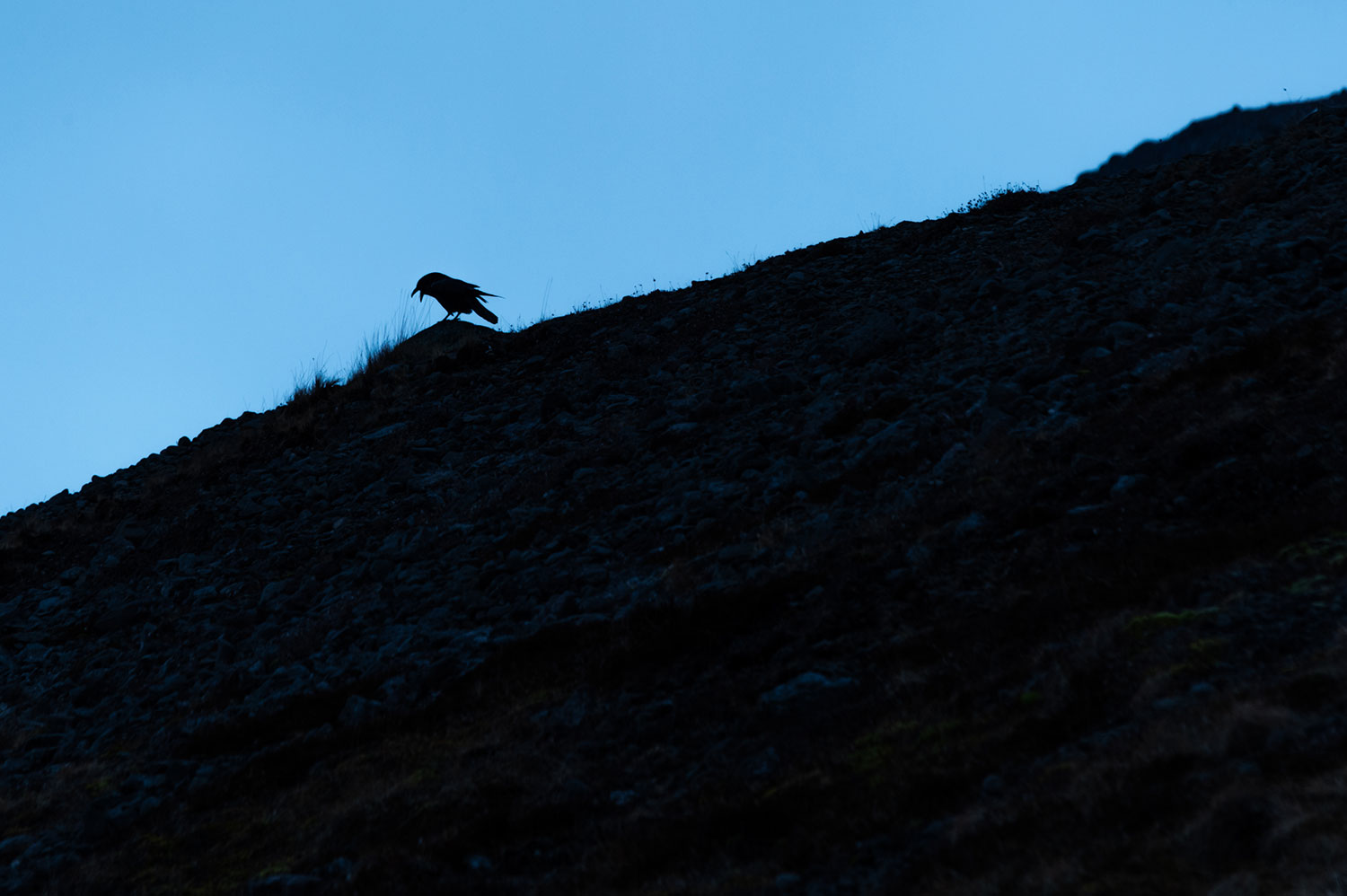
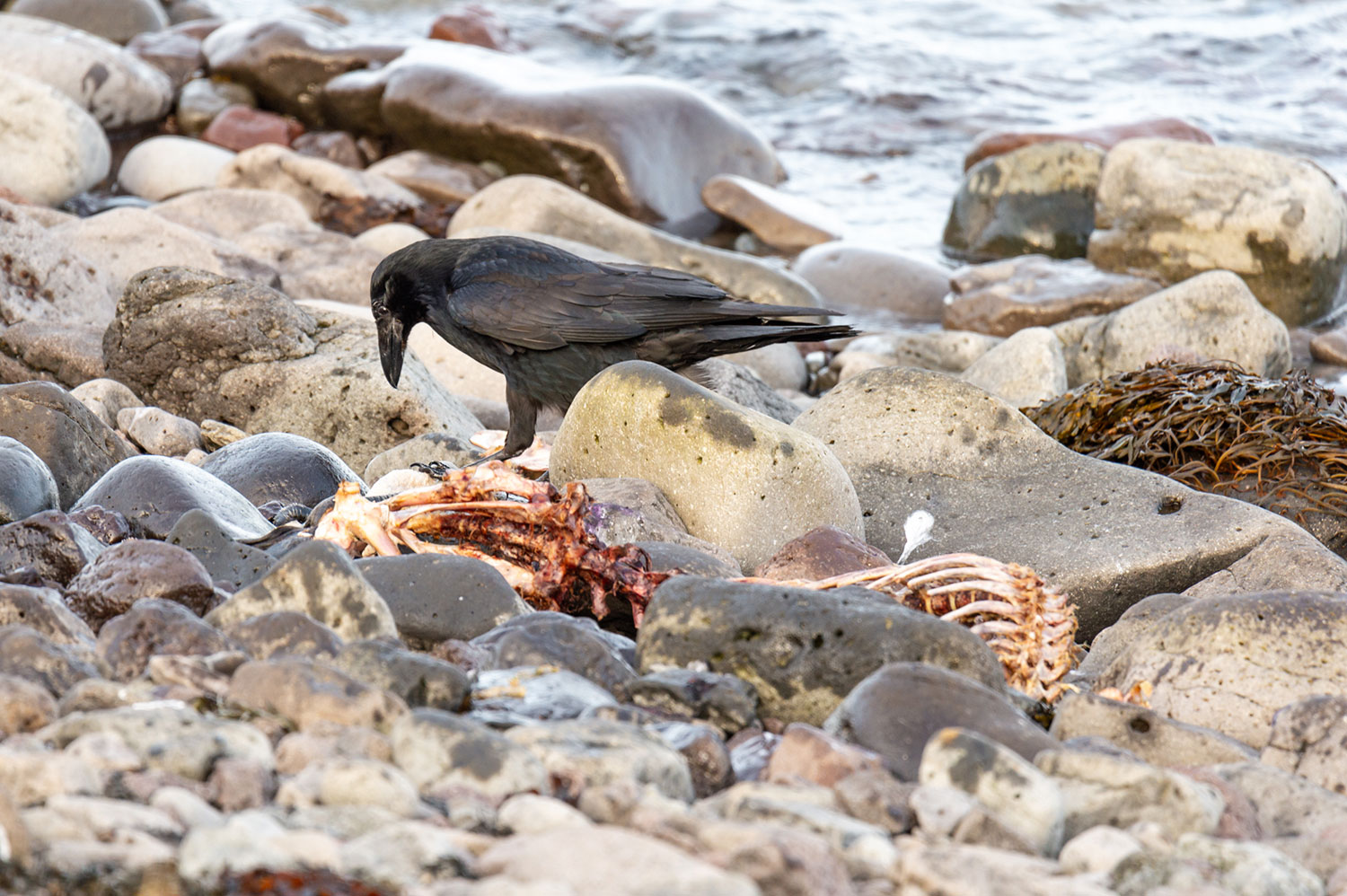
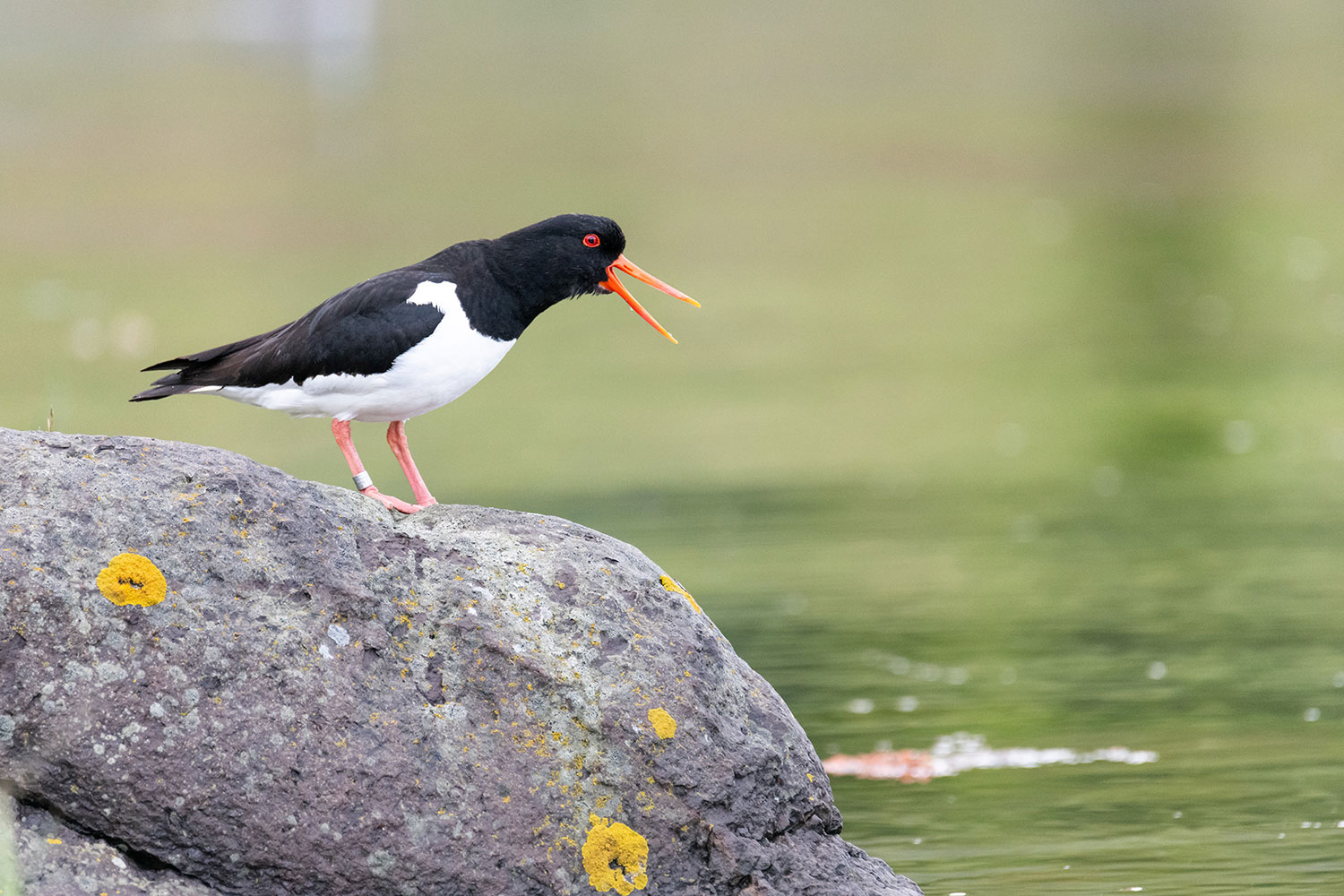
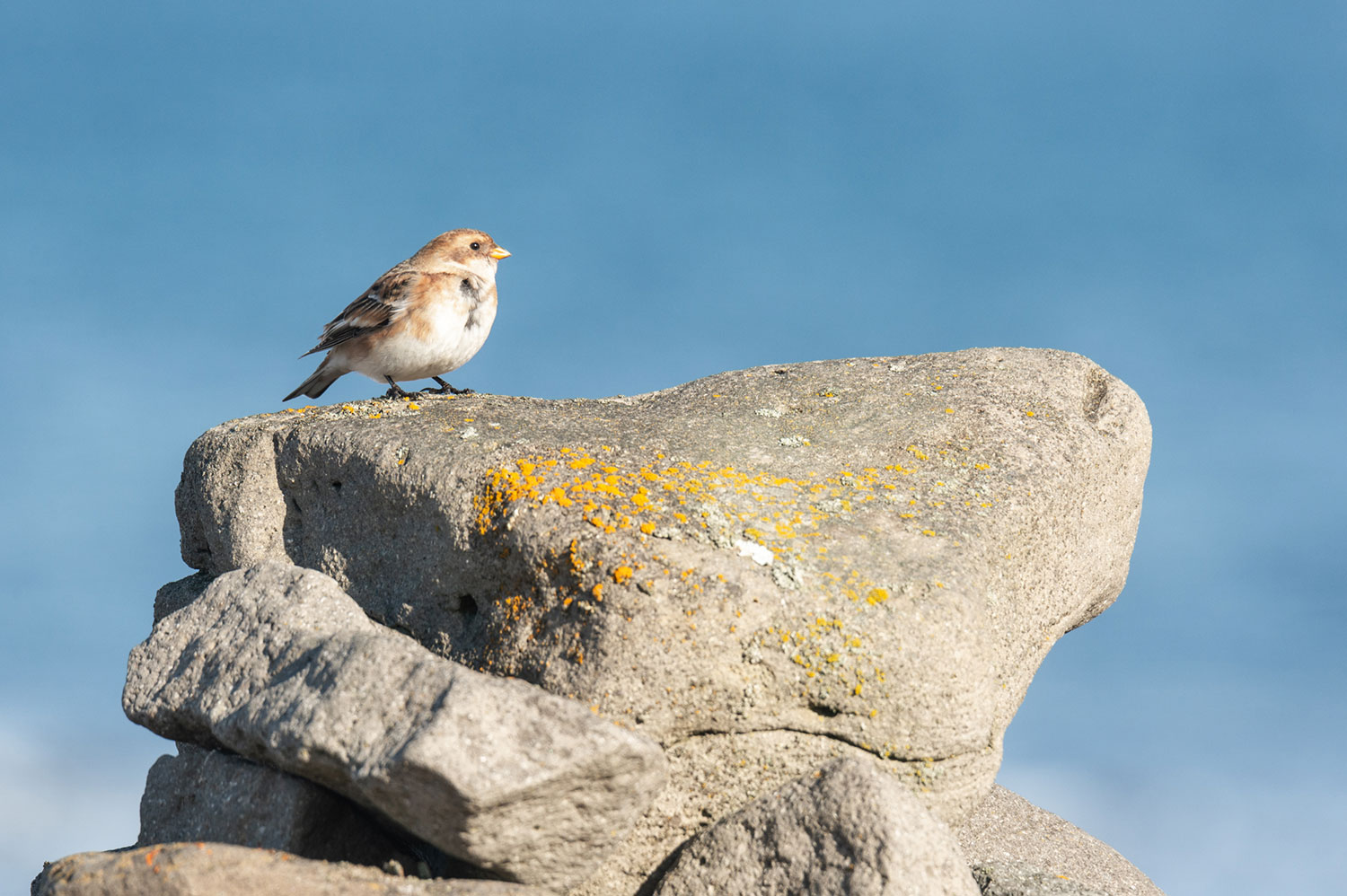
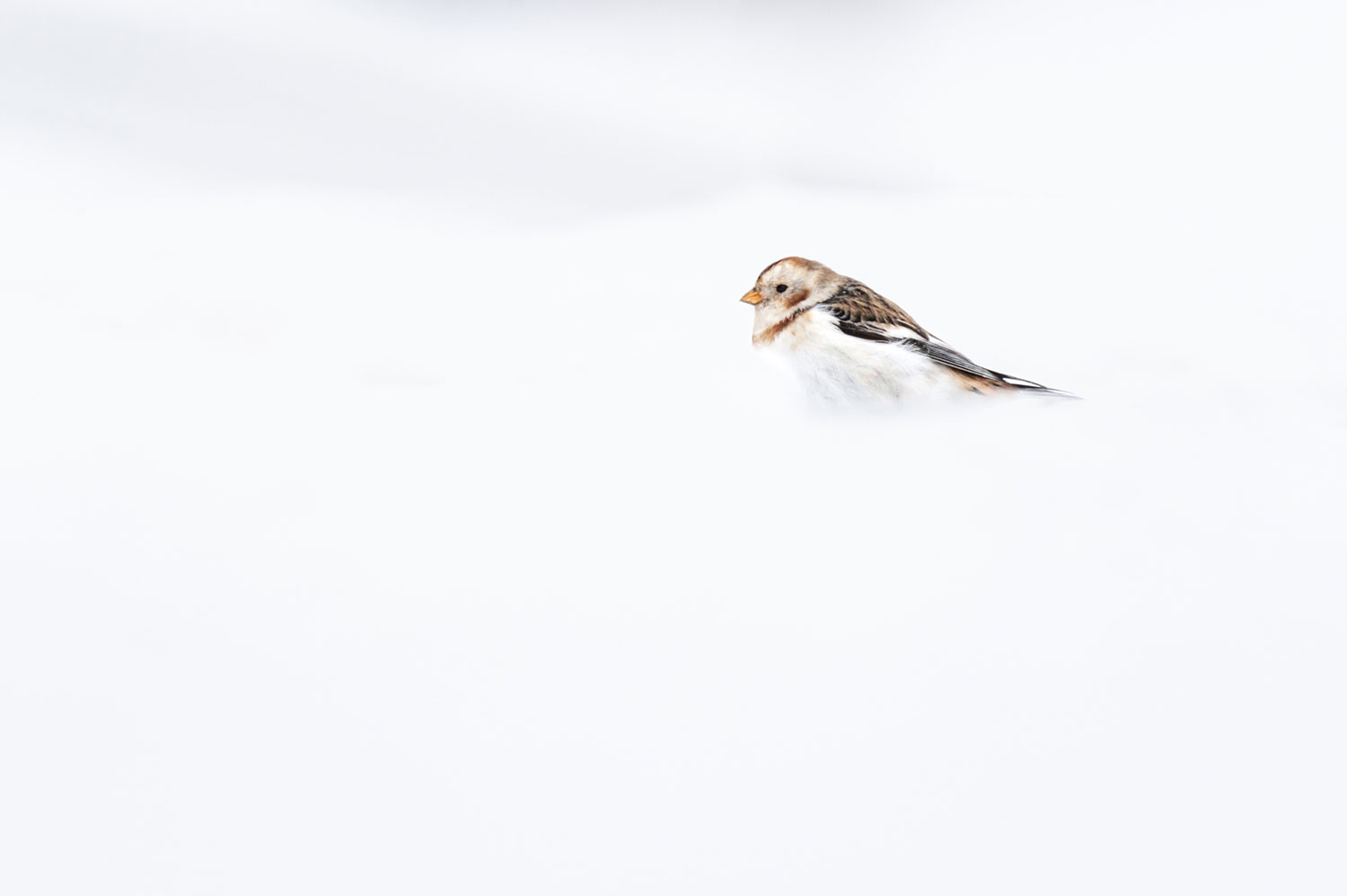
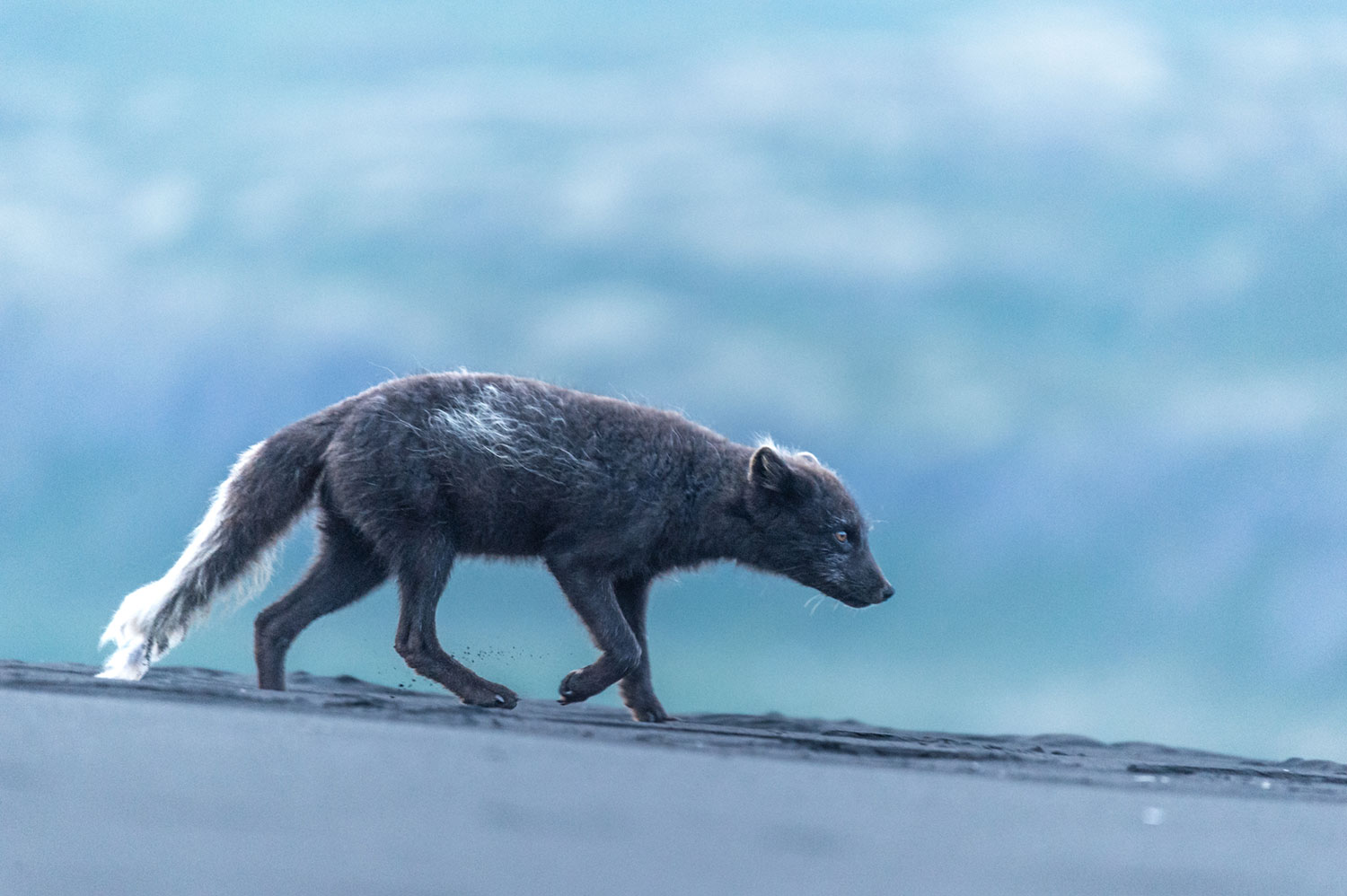
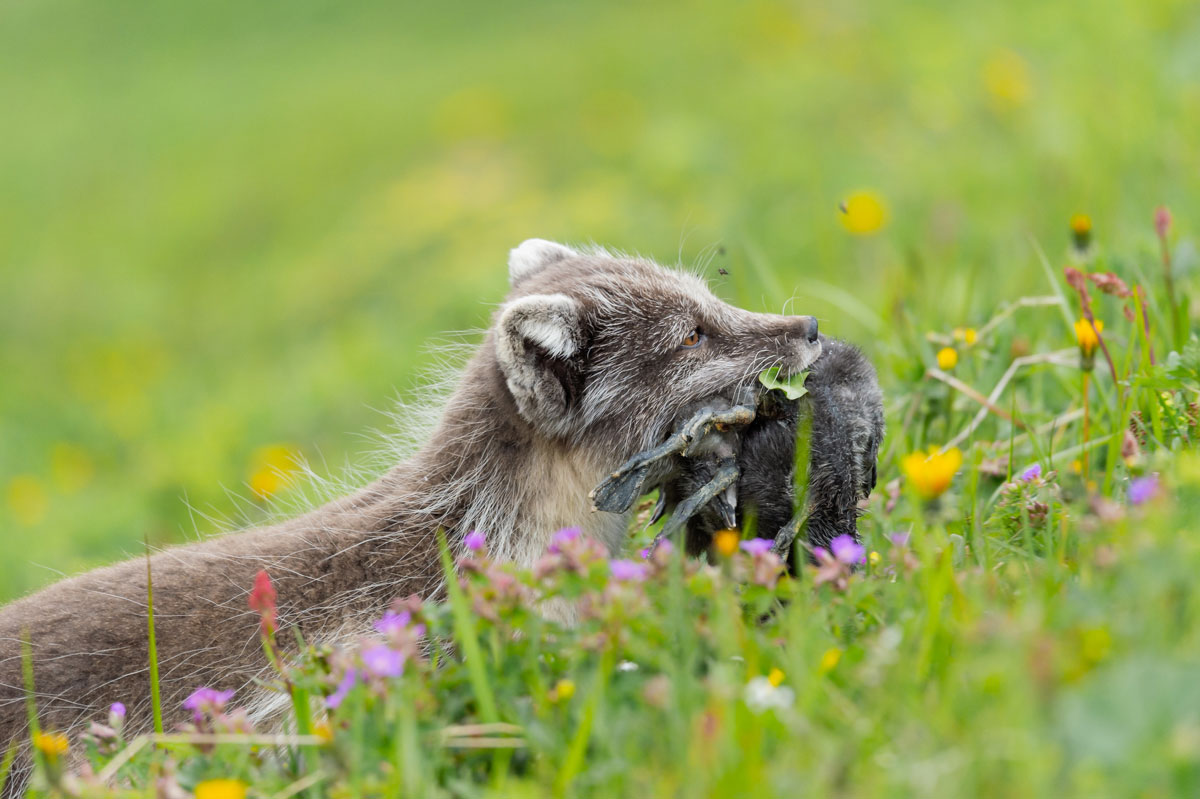
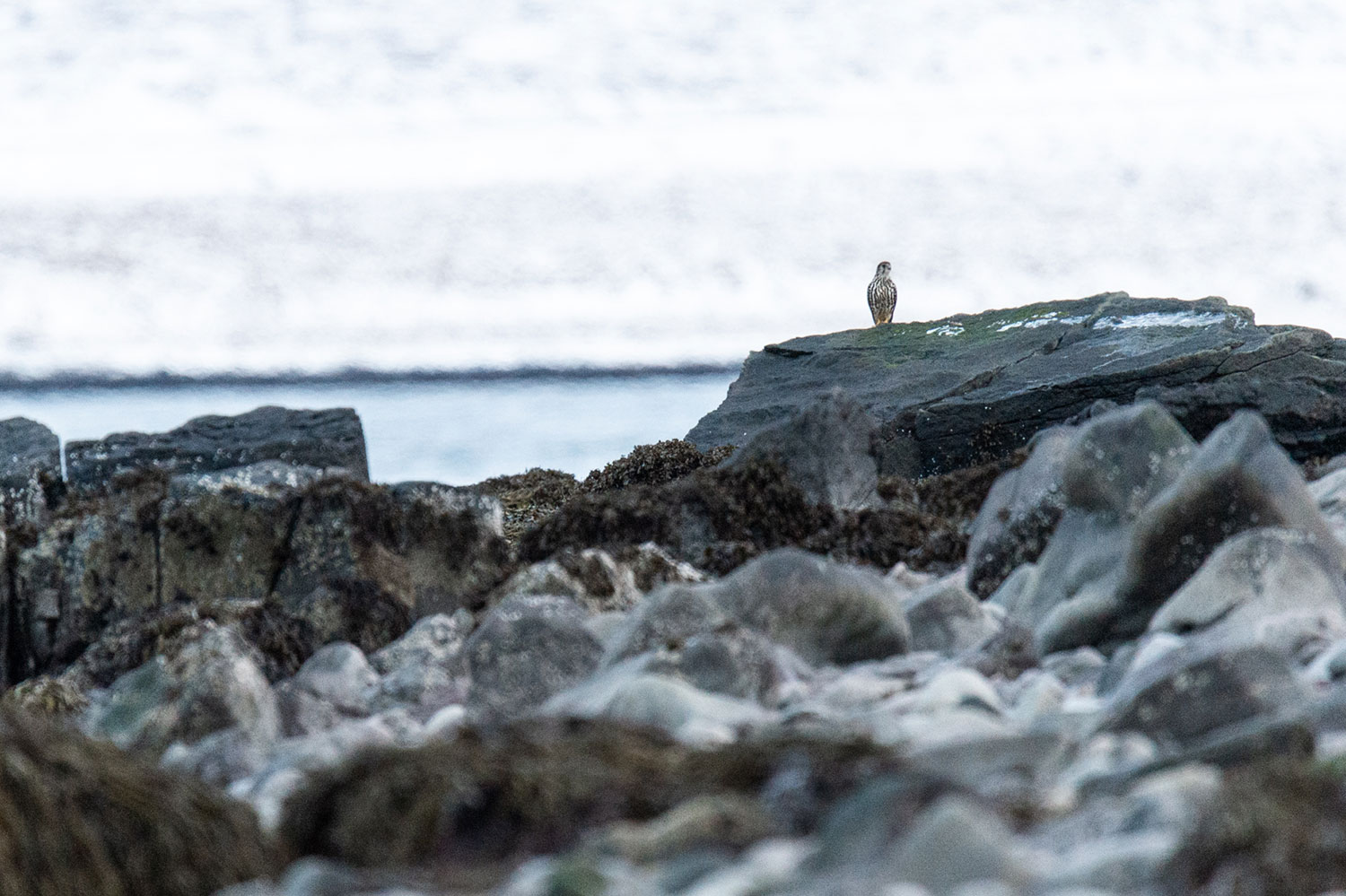
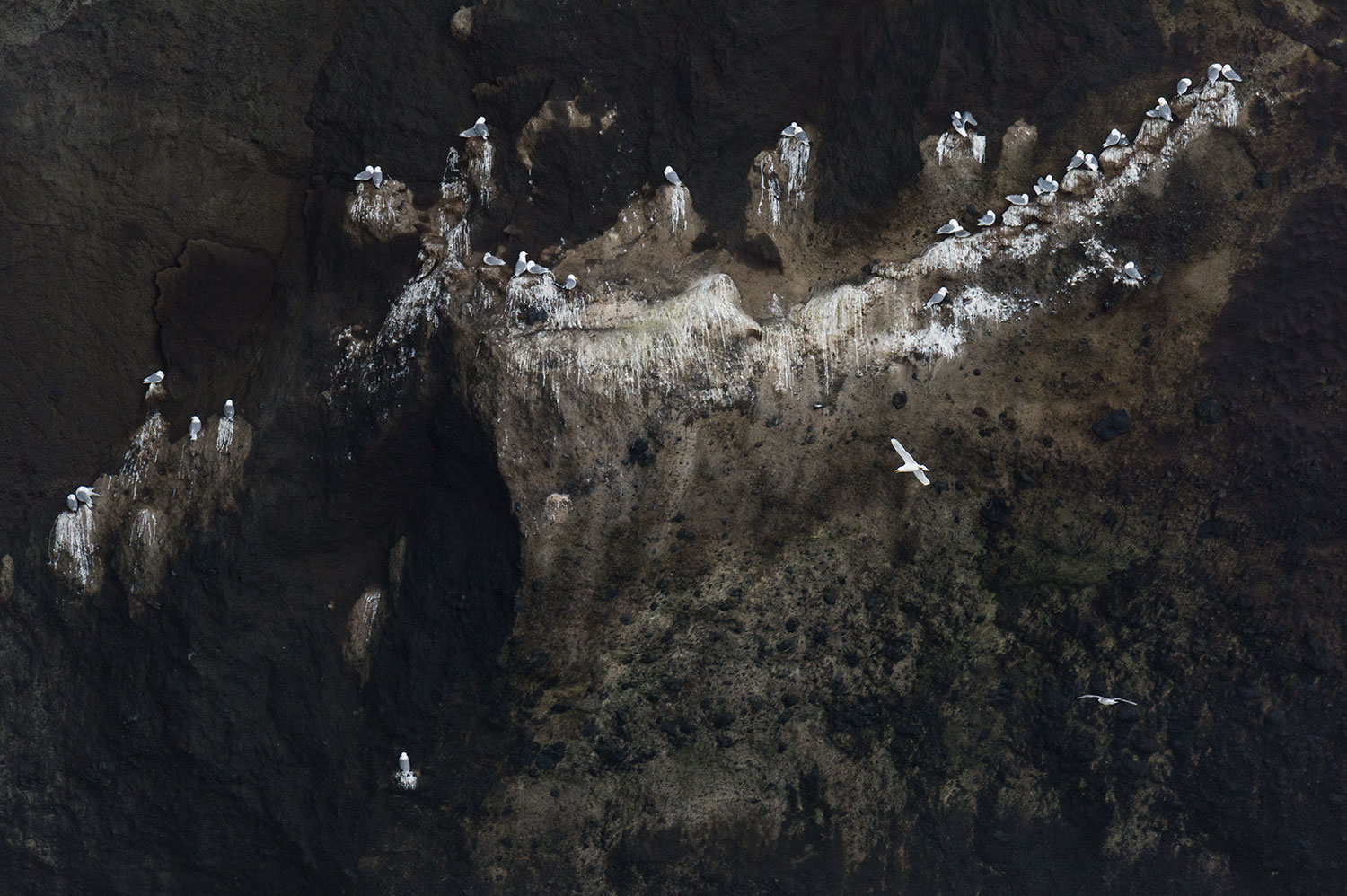
Sorry, the comment form is closed at this time.